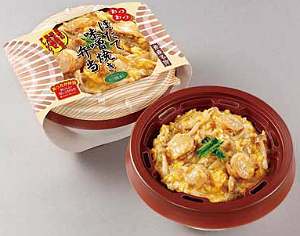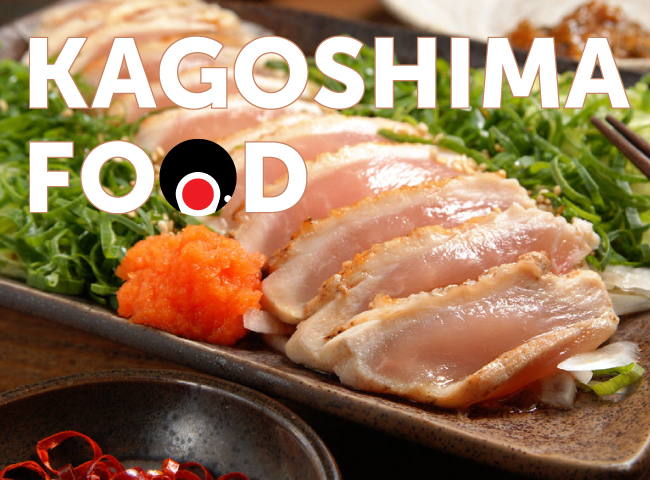Kamameshi: Satisfying Japanese Soul Food Made of Mixed Rice

Kamameshi is a Japanese mixed rice dish, where “meshi” means rice, and “kama” refers to the ceramic/iron pot used to cook the dish. Aside from rice, and seasonings such as sake, soy sauce and mirin (sweet cooking wine), there are no set rules around the ingredients of kamameshi, meaning there’s an endless variety of combinations. Meat, seafood, vegetables, fruit and nuts are all popular ingredients. The pots are an individual serve, and instead of transferring rice in a bowl from the pot, the rice is served in the pot to be eaten directly from it. Mashikoyaki and Kodayaki ceramic pots are popularly used.
It is thought that the kamameshi rice dish was invented by the Madame of the shop "Kamameshi Haru" in Asakusa, who was inspired by the emergency cooked rice distribution that took place in Ueno after the Great Kanto Earthquake in the 12th year of Taisho (1923) as a way of feeding people quickly and easily.
Since the pot used to cook kamameshi has no other use, it is very rare to find a household that has enough iron pots to cook it for the entire family. As such, kamameshi is mostly enjoyed as an eat-out dish rather than as a homemade dish. There are famous kamameshi restaurants all over Japan.
How to Make It: A Simple Kamameshi Recipe
To prepare kamameshi you the rice is first washed until the water runs clear and left to soak for a few minutes before draining. The meat is chopped into bite-sized pieces and added to the kamameshi pot with the rice and vegetables, which are also cut into bite-sized chunks and strips. The meat can be anything from chicken to shrimp, pork, or other seafood, depending on personal taste. Popular ingredients include hearty vegetables like shiitake mushrooms, carrots, green beans and onions. Dashi stock and water are then added to the pot, which is then covered and cooked over a gas stovetop on medium heat for around 20 minutes. All the ingredients and flavors are then mixed together to make a tasty dish that’s quick, easy, and warms your soul.
Popular Types of Kamameshi
Chicken Kamameshi
This is one of the most basic types of kamameshi made with succulent bites of chicken mixed into the rice for a well-balanced, flavorful comfort food that’s good at any time of the year.
Ebi Kamameshi (Shrimp)
This rice dish is cooked together with plump shrimp for the seafood lover. The small pink sakura ebi are a popular choice for spring, to celebrate hanami, or the cherry blossom viewing.
Unagi Kamameshi (Eel)
Eel is a popular stamina food in Japan and often eaten in the heat of summer. The eel is cooked together with the rice and mixed. More eel can also be placed on the top like a kind of donburi, or rice dish with the ingredients laid on top.
Clam Kamameshi

This type of kamameshi is popular in the spring, when clams are in season. The clams can be cooked with the rice and topped either with more juicy cooked clams or, for the more adventurous soul, succulent raw clam.
Salmon Roe Kamameshi
Hailing from Hokkaido, this dish is best served with raw salmon roe on top. It’s a theme park of textures, as the roe is cooked with the rice and mixed together, and then laid with a layer of fresh salmon roe on top.
Crab Kamameshi
This popular dish starts to emerge onto restaurant menus early November through to late March, mixed with sweet and juicy chunks of shredded crab like king crab, snow crab, or other local varieties, with a generous second layer spread over it.
Kamameshi Ekiben

Kamameshi ekiben (literally station bento, or station lunch box, in Japanese) was first introduced in 1958 and continues to be very popular even today. Although Yokokawa station, where it all started, is a place where passenger trains stop for a long time for connections or compartment transfers, bento sales were sluggish. To address this problem, staff members of the local bento shop Oginoya asked for the passengers’ bento requests directly. Since passengers wanted "warm" and "fun" bentos, something called Toge no Kamameshi, a kamameshi pot served in a ceramic bowl, was created.
Back then, green tea was sold at stations in a ceramic bottle. Since ceramics can keep food warm don’t absorb the smell from the food, Oginoya consulted craftsmen from an earthenware company called Mashikoyaki to create pots small enough for individual use. Toge no Kamameshi broke the stereotypical concept of "ekiben= boxed lunch," and made a big hit as the new ekiben that answered the call for "warm" and "fun" bentos. It was even voted as "the most popular station bento in Japan." Presently, different kamameshi featuring local ingredients are sold at railway stations all over Japan.
Kamameshi ekiben are especially popular for the earthenware ceramic containers that they come in, because the pots can be taken back as souvenirs for future use at home. Yokokawa station in Gunma prefecture is very famous for its Toge no Kamameshi.
Kamameshi Is a Hearty Quick Dish Whether You’re at a Restaurant or on the Go
There is a variety of kamameshi for every season and every taste, making it a great dish for either grab and go bentos, or a relaxing sit-down experience for some delicious comfort food. If you’re looking for some soul food, try out Gurunavi’s restaurant page for the best kamameshi in the Tokyo area and near you.








